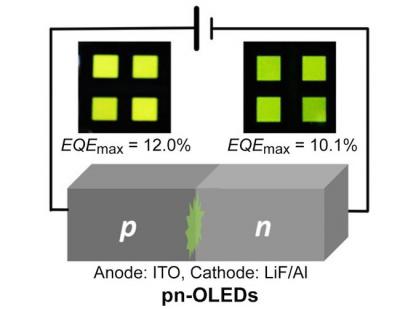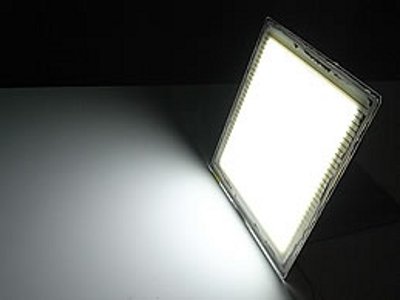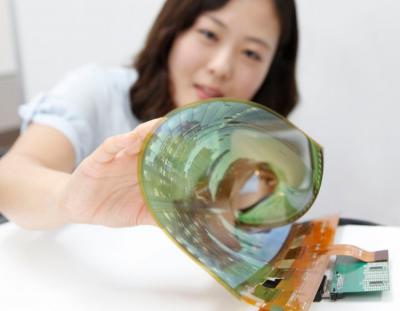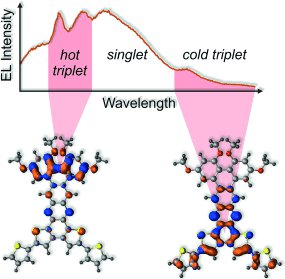Idemitsu Kosan and BOE Display sign a strategic alliance to develop OLED materials and displays
Idemitsu Kosan and BOE Display agreed to form a strategic alliance with an aim to develop high-performance OLED materials and displays. Specifically, Idemitsu intends to develop and supply OLED materials in accordance with BOE's needs, as BOE is starting to mass producing OLED displays in several fabs in across China.
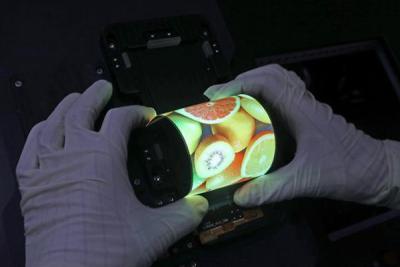
Idemitsu Kosan is in the process of expanding its OLED material production at its Korean subsidiary Idemitsu Electronic Materials Korea, and the company also recently established a new OLED materials development company in Switzerland. Idemitsu is supplying its OLED materials to both LG Display and Samsung Display and is apparently enjoying an increased demand and is looking to start selling its materials to BOE DIsplay as well. We recently posted aninterview with Idemitsu's electronics materials chief.


